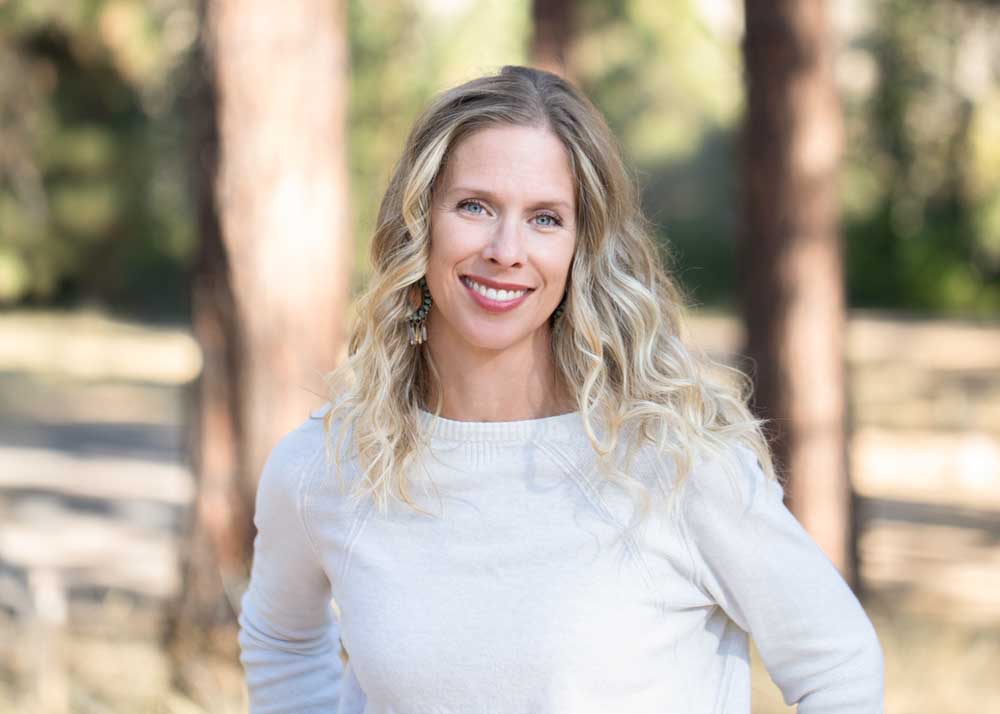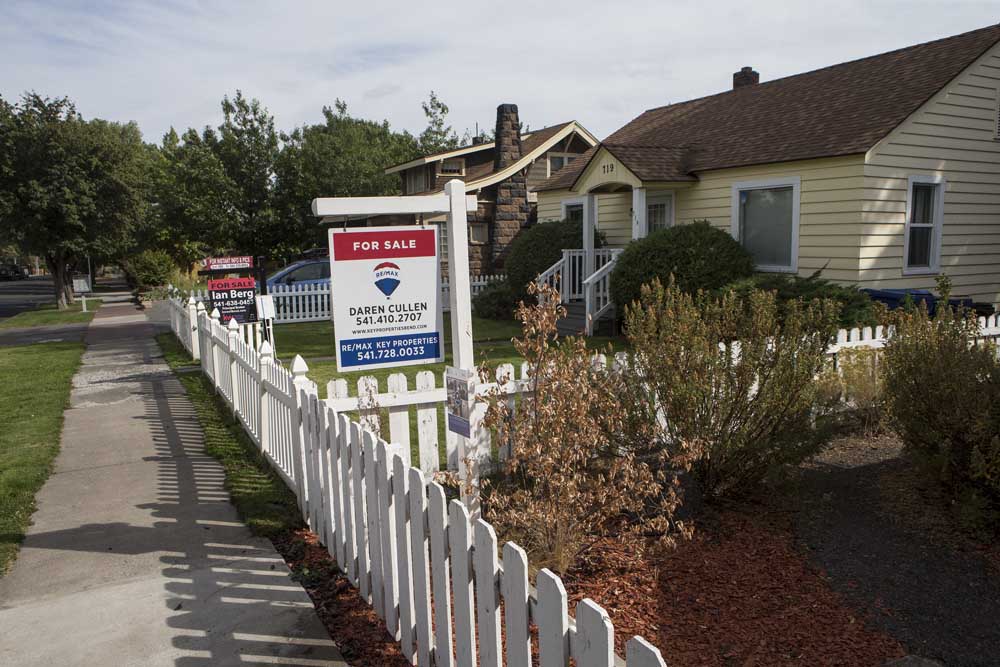Commentary: Early jobs can lead to long-time life skills
Published 4:45 pm Sunday, December 4, 2022

- Jaime Eder is director of Workforce Development and Community Engagement at Visit Central Oregon and Visit Bend.
I got my first job in hospitality when I was 14. I was going on a school trip to Europe and wanted some spending money, so I became a Subway Sandwich Artist.
That was the start of almost 20 years in some sort of service job — from dishwasher to line cook, server to bartender — I managed, supervised and hustled my way through grad school working mostly in restaurants.
Trending
For a couple of years, in my early 20s, I lived in Bend. In the winters, I’d take the employee shuttle to Mt. Bachelor, and in the summers, I’d ride the chairlift down the mountain under the star-filled sky after a long Sunset Dinner shift at Pine Marten Lodge. I lived paycheck to paycheck, but it was awesome.
When it came time to finally get a “real job” (a term I absolutely loathe. If it makes money, it’s a real job), I was thrilled to accept a public relations position at Travel Oregon. I didn’t have a lick of professional PR experience, but I had decades of customer service experience — a skill that comes in handy when working with top tier media. Just like that, I was inadvertently back in the hospitality industry, only rather than selling microbrews, I was selling Oregon as a world-class destination.
All of this eventually led me back to Bend, when I started a brand-new role as the director of workforce development and community engagement, a position shared jointly between Visit Central Oregon and Visit Bend. This role is not only new, but it’s the first of its kind in that both regional and local tourism offices have come together to put targeted effort behind supporting Central Oregon’s tourism industry workforce.
Anyone that’s been around for the past few years doesn’t need me to tell them that the tourism and hospitality industry was heavily impacted by the pandemic. But many of the challenges that the tourism workforce are facing: lack of affordable housing and child care, trouble filling open jobs, high turnover, and seasonality existed long before COVID.
The pandemic was simply the proverbial straw that broke the camel’s back.
A recent Leisure & Hospitality Employment Report by the U.S. Travel Association found that, while the rest of the nation’s economy had largely recovered since the onset of the pandemic, leisure and hospitality employment remained 6.5% below pre-pandemic levels, accounting for roughly 1.1 million jobs still lost nationwide.
Trending
The problem is not lack of openings. There simply aren’t enough applicants to fill open positions. Whatever the reason — increase of more flexible, remote opportunities, relocation, early retirement — the Oregon Employment Department estimates that more than half of the 181,700 people who were employed in hospitality before the pandemic have not returned to the industry. The “Great Resignation” is real. And, especially in a place like Central Oregon, a thriving hospitality workforce is fundamental to the area’s economic vitality.
Hospitality jobs are often considered to be low-wage, high-churn jobs, but when these positions are vacant the impacts are felt, by visitors and locals alike. Favorite restaurants don’t have staff to open more than a few days per week, or are short- staffed and unable to provide the level of customer service expected by patrons; hotels hold entire floors of empty rooms due to lack of housekeeping staff, resulting in lost revenue for the business, which also means less tax revenue collected to support city and county general funds.
These unfilled positions mean many people are not gaining the array of transferable skills — customer service, communication, flexibility, leadership, etc. — that one learns in a hospitality job, skills that help propel them into the next stage of their career (it wasn’t studying Shakespeare that got me my first job in PR).
Workforce development is a tough nut to crack. There is no one-size-fits-all solution, and there are many challenges that keep employers from easily attracting (and keeping) enough staff to sustain business operations.
Since starting this role, I’ve been meeting with local destination management organizations and chambers of commerce, economic development agencies, businesses and other industry stakeholders to better understand the specific needs and challenges they are experiencing in workforce development. These conversations will be foundational to this work and in the development and implementation of short and long-term strategies that support the region’s workforce.
There is no overnight fix, but a role dedicated to discussing possible solutions is a huge step in the right direction.








